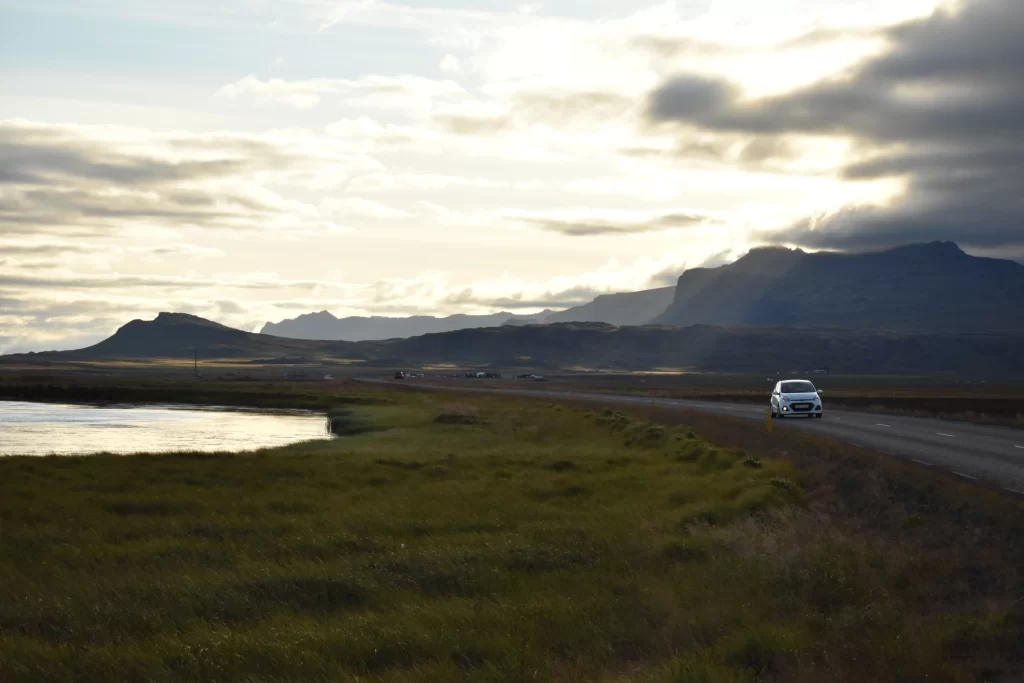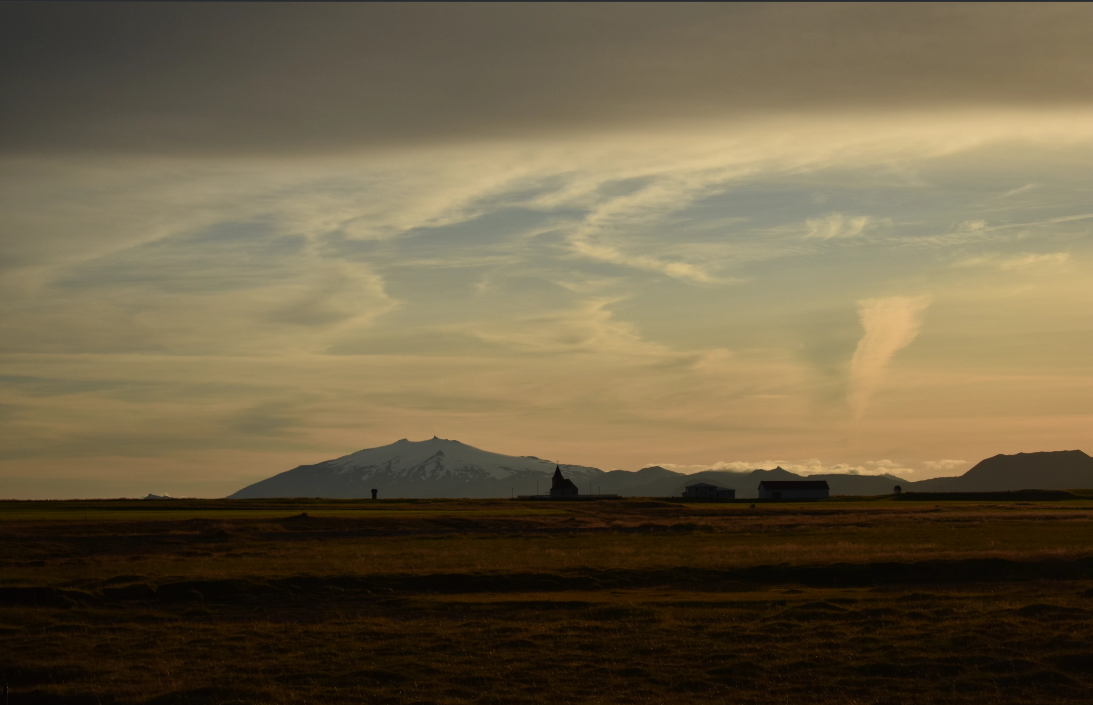Iceland’s wildlife: what you should know

Iceland is on the up, as they say. Bloggers and outdoor-lovers are promoting it as a unique destination rather than just an accessible Arctic. Iceland Air’s free week-long stopover on UK-US flights, plus budget airlines servicing Keflavik airport, has made visiting even more tempting. One of the things getting a lot of hype is the country’s wildlife, from whales to puffins. However, as is often the case there are details being missed out, and today I’m going to have to ruin the buzz. Not visiting Iceland, though, as a visit is definitely worthwhile. This blog post is a red pill, but one that won’t shock you too much. Hopefully.
There are few polar animals.
Arctic wolves, musk ox and lemmings are absent, snowy owls are very rare and walruses and belugas only appear when they’re lost. Finally, polar bears sometimes drift over on ice floes from Greenland, but they never last long – more on that later.
There are arctic foxes, most of whom live up in the Westfjords region – the peninsula that sticks out of Iceland’s otherwise ovular shape. They can also sometimes be seen in most other national parks such as Snaefellsjokul but more luck is required here.
It’s expensive.
As is the case for most Scandinavian countries, Iceland’s wages and reliance on imports pushes prices up to a level where even budget travel looks pricey. Other than following the usual tips (shop around, stay in hostels/ Airbnbs, eat from supermarkets), the best thing you can do is not drinking. Hunters used to say that every second a leopard is on you results in another thousand cuts, and something similar could be said for the damage Icelandic booze does to your wallet. If you can’t resist, buy from duty free or take advantage of happy hour deals in Reykjavik.
What can be seen here can usually be seen elsewhere for less. I can’t vouch for how the quality of all Iceland’s seabird colonies or whale watching sites, it’s two most touted wildlife attractions, compare to those outwith the country. However, I can say for a fact that any boat trips outside will cost you less per hour.
It’s about quality, not quantity
Do I regret going to Iceland? Not in the slightest. If, so far into reading this, you’ve been thinking “not a problem for me”, I would definitely recommend Iceland’s wildlife. In fact, I didn’t mind the lower number of species, as it made building up a highlights list easier:
-I saw an arctic fox cub from my car, and watched it scamper across a mossy lava field.
-I watched terns feeding their chicks in a car park, quiet at the time but in use nonetheless.
-I watched a gang of four arctic skuas chasing a kittiwake.
-I observed a gyrfalcon on the roadside, one of the few birds that can pull off the ashy-grey look.
-I spotted a basking shark from atop some cliffs.
Winter is a perfectly acceptable time to go.
It’s bitterly cold, which goes without saying but I suppose I should; I would never wish unto anyone having to buy layers in a place where prices are so high. Also, outdoor hot springs may become an impossibility, and delays should be expected, but once you accept the negatives there are a decent number of positives; it’s the low season, resulting in lower prices and more space, it’s the time of year to catch the northern lights, many of Iceland’s resident birds are just as easy to see due to being more active during the shorter daylight hours and, from December to March, one can see killer whales in Olafsvik when they come to feed on the herring.
What you see is probably being eaten or skinned.
Much like visiting a farm as a child and being shocked to find out that Larry the lamb was actually slaughtered to make curry, some tourists get a similar experience here. First, arctic foxes are protected in the Westfjords but shot on sight as a pest everywhere else. Second, Iceland is one of only three countries to practise whaling and you’ll probably hear or read the slogan “meet us, don’t eat us” somewhere along the way. Third, polar bears are shot as soon as they land – a huge error if you ask me. Given the difficulty of reaching other polar bear destinations, bear safaris here would likely become a huge hit and firmly place Iceland on the ShoeSa map. Finally, not even puffins are safe from restaurants. Thanks to wildlife tourism, more Icelanders are keeping their inhabitants alive, but hunting continues due to its roots in old, survivalist traditions.
Much of Iceland is made up of tundra (i.e. open ground).
As a result, most things will notice you a mile off – whether or not they scarper is another question. In my experience, geese were always incredibly skittish, while plovers and terns would often allow me to get close – through tameness and aggression respectively. Anyway, one way to get around this is to approach in a car, as the rule of animals being almost unafraid of cars applies out here. More simply, bring a good telescope, and this will also come in handy if looking for whales from land.
You should enjoy the non-wildlife attractions.
Iceland’s desire to be gorgeously bizarre is evident everywhere. It has a church shaped like the Eiffel Tower, a site where one can walk and dive between Europe and North America, the world’s oldest parliament, a lake full of icebergs, black sand beaches, constantly erupting geysers and hot springs where locals just go to “hang out”, rather like coffee shops. Also, I’m trying to figure out whether Iceland has more horses or waterfalls.
However, do be aware that some of them can get very crowded, especially in the high season.





August
Great post and right to the point. I don’t know if this is really the best place to ask but do you guys have any thoughts on where to employ some professional writers? Thanks 🙂
shoestringsafari
Hi, sorry for the late reply, I’m afraid I’m no use on that front since this blog is more a DIY effort. Glad you found the post useful!